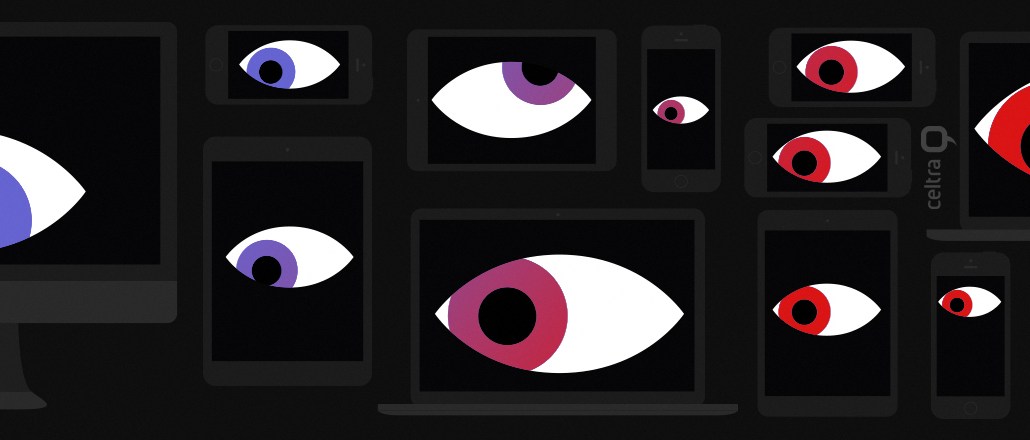Save 50% on a 3-month Digiday+ membership. Ends Dec 5.

Agencies are pushing for transparency from publishers on all fronts, but viewability has by far become their most pressing priority. Industry chatter says that around 50 percent of ads aren’t viewable — though a recent study found that it’s closer to 40 percent. Agencies, quite reasonably, want to know their ads are being seen.
At least one major player is setting new rules. This spring, GroupM, the biggest digital media buyer in the U.S., announced it would shift its buying from open exchanges to private ones, in a push for greater transparency. With major players like this setting the new rules, the industry will have to start adapting, and soon.
How will this affect the media trade? Here are a few predictions.
Taking out the trash
Demand for greater transparency, with an emphasis on viewability, will affect networks who trade in not-so-great inventory. Agencies will buy less now that they know ads aren’t being seen. It will also, to a certain extent, change the pricing. We’re already seeing different pricing models pop up; Google’s been experimenting with this since December 2013.
Premium pricing for viewable impressions
There will now be a price range. On one end of the scale, there will be a price for requested impressions, or the normal impression. On the other end will be a price for viewable impressions. We guess these will probably be at least 25- to 50 percent higher than requested impressions. Agencies will love this. They can still buy the requested impressions, which won’t necessarily be viewable, but at a cheaper rate. Or, they can buy viewable impressions, which will be guaranteed, and paid more.
Guaranteed viewable impressions, programmatically
We’ll see programmatic exchanges offer guaranteed viewable impressions. But note that viewability with programmatic is a bit tricky, as you’re bidding for an impression before you know if the impression will be viewable or not. Eventually, all DSPs will offer guaranteed viewable impressions and adjust the pricing at a certain percentage of views. Only time will tell which provider will come up with the most elegant solution.
Online media is all about metrics. Ads that aren’t seen don’t get clicked, and that brings down the performance metrics of every campaign. Viewability standards will help the industry do a better job of understanding what works, improving creative and pricing inventory. And that’s good for everyone.
Ad position: web_incontent_pos1
More from Digiday

Ulta, Best Buy and Adidas dominate AI holiday shopping mentions
The brands that are seeing the biggest boost from this shift in consumer behavior are some of the biggest retailers.

Digiday+ Research Subscription Index 2025: Subscription strategies from Bloomberg, The New York Times, Vox and others
Digiday’s third annual Subscription Index examines and measures publishers’ subscription strategies to identify common approaches and key tactics among Bloomberg, The New York Times, Vox and others.

U.K. retailer Boots leads brand efforts to invest in ad creative’s data layer
For media dollars to make an impact, brands need ad creative that actually hits. More CMOs are investing in pre- and post-flight measurement.
Ad position: web_bfu


